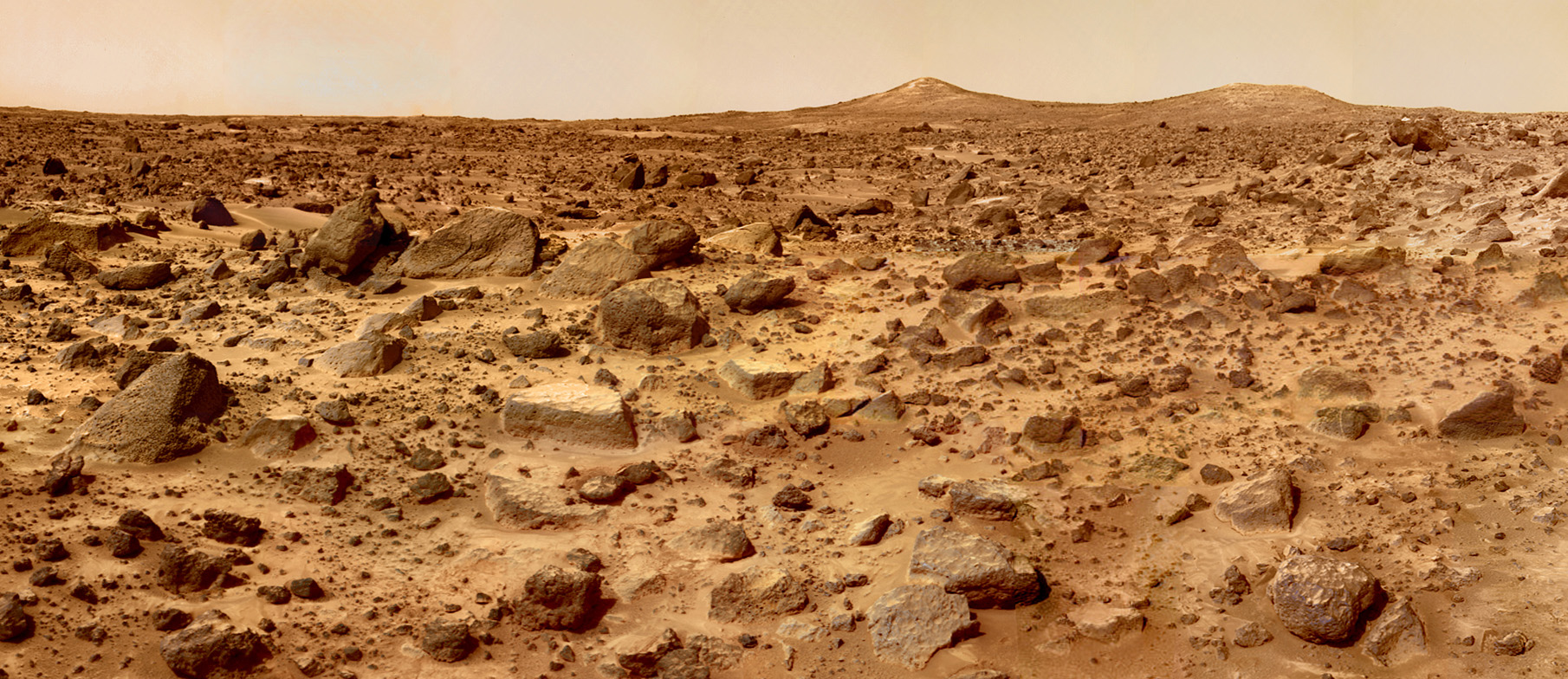A journey to Mars would be a long one. On average, more than 140 million miles separate the red planet from Earth, and such a distance raises a lot of questions for prospective explorers. The journey is much more than physical distance too; so many advances in technology are needed to ensure the safety and survival of any explorers we send on this type of a mission. After all, it’s not just a matter of getting to the planet, but getting home as well.
Thanks to a collaborative experiment by the European Space Agency and Delft University of Technology students, it is seeming more and more inevitable that humans will one day set foot on Mars. Discovery News recently reported on the success of the eighteen month project between the two organizations which was meant to test the capabilities of “force-feedback technology.”
The experiment was simple enough. An astronaut by the name of Andreas Mogensen, stationed in space aboard the International Space Station, was given the task of remote controlling Interact Centaur, an earth-based rover, and his goal was to use the robot’s “arms” to place a pin accurately into a small hole. While a camera is built into Centaur, the technology being used to perform this task wasn’t visual, but physical. Mogensen controlled the rover using a joystick, and when he would incorrectly move the pin, the force-feedback technology would literally transfer the sensation of “touch” from the robot to the Danish astronaut’s joystick, allowing him to “feel” the error the robot made.
The usefulness of this type of tactile sensation is as beneficial as the sensations one needs to properly tie a shoe commented Andre Schiele, the European Space Agency’s head of Telerobotics and Haptics Laboratory.
Even something like lacing your shoe is something you rely entirely on your tactile senses
Ultimately the sensations projected by the rover to Mogensen allowed him to successfully determine the proper place to drop the pin, sending the participants of the experiment into cheers. Gizmodo reported that the hole was an astonishingly small 1/6th of a millimeter, showcasing the experiment’s impressive accuracy considering the man behind it was orbiting Earth 250 miles away. Interestingly, even while at such a long distance away, the researchers developed a system in which the tasks could be completed in real time, using a creative network of satellites to create “super swift signals” and eliminate latency.
While the end result was small, there are huge implications from furthering the development of this technology, which could one day be used to remotely build a launch base on another planet that could be used to send explorers back home. Doga Emirdag, one of the developers of the cutting-edge tech, was quoted as saying that while the $225,000 white and blue Centaur might not be what ends up in space, the technology being employed by the robot most likely will be.
The robot as it is wouldn’t go into space. But the technology being developed will go to space.
























